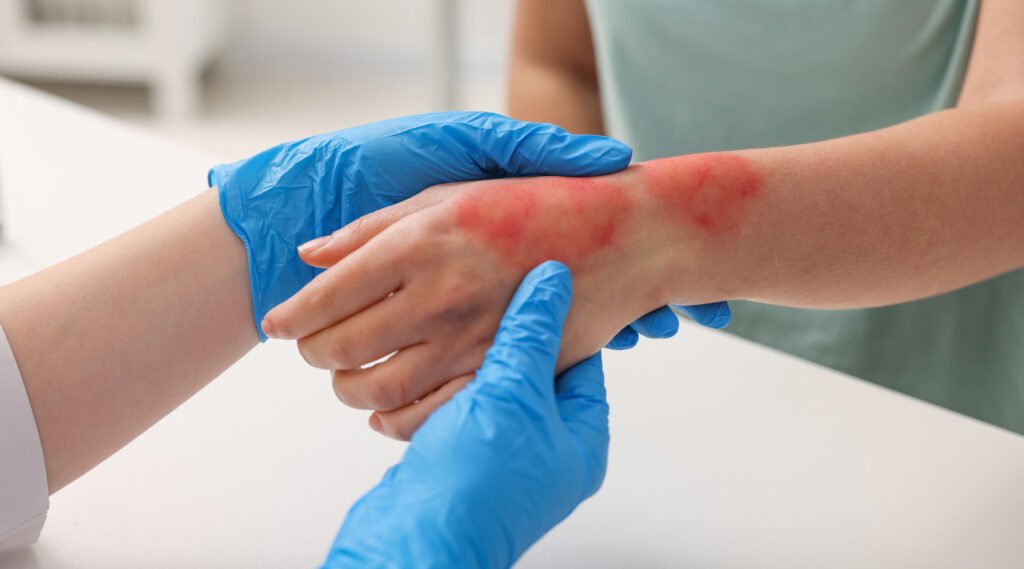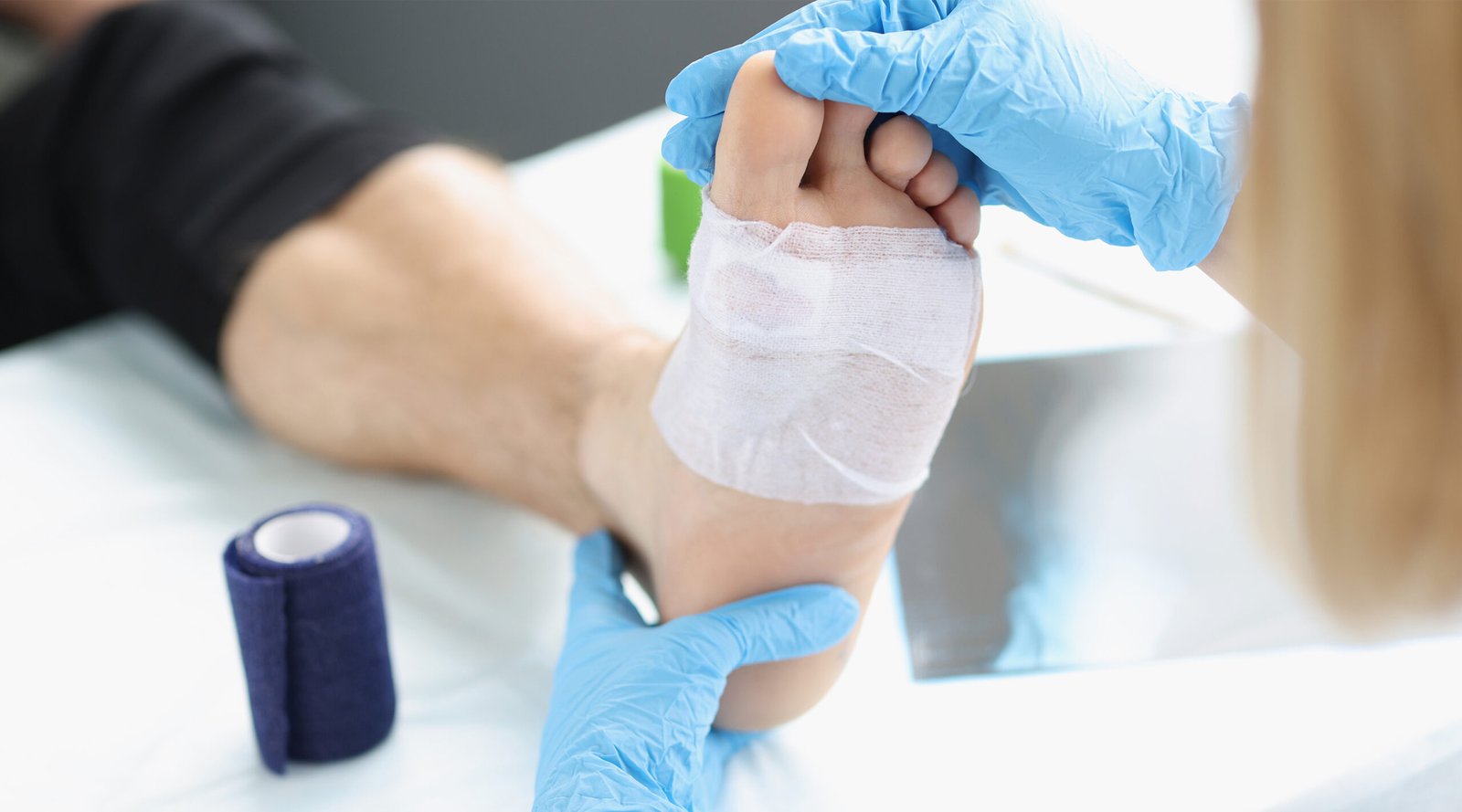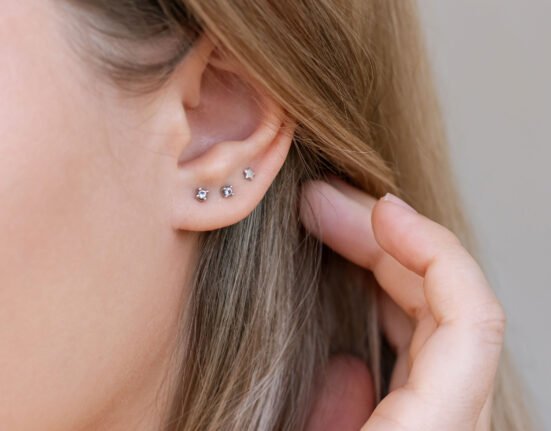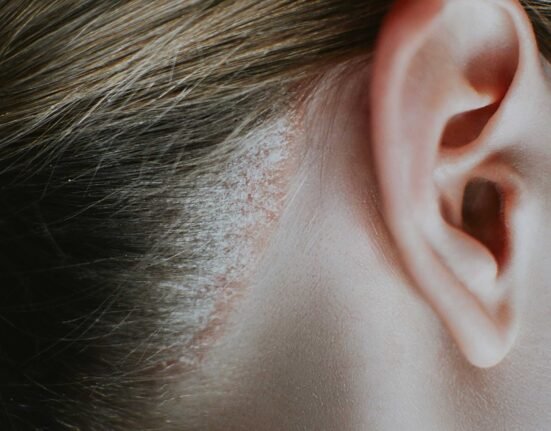A wound may seem minor, just a small cut, a mild burn, or a scrape from a fall.
But did you know that behind the seemingly simple healing process, your body is carrying out a highly complex and organized system?
Your Body Has Its Own “Protocol”
Wound healing occurs in four essential stages:
- Hemostasis is when the body stops bleeding.
- Inflammation is the body’s first line of defence against infection.
- Proliferation occurs when new tissue begins to form.
- Remodelling is the final phase where the new skin strengthens and matures.
If any of these stages are disrupted due to infection, a wound that is too dry or too moist, or improper care, the healing process can stall.
This may lead to chronic wounds that are much harder to treat.
What Types of Wounds Are There?
Wounds can result from accidents, injuries, or medical procedures. Examples include cuts, abrasions, burns, punctures, and post-surgical wounds.
Most wounds heal on their own. But if left untreated, they can become infected, a serious concern, especially for those with weakened immune systems.
Watch for Signs of Infection

An infected wound may show one or more of the following symptoms:
- Redness and warmth around the area
- Persistent or worsening pain
- Yellow-green discharge (pus), especially if it smells
- Stiffness or numbness near the wound
- Fever or body aches
If you notice any of these signs, seek medical attention promptly.
Basic Steps to Care for a Wound
Proper wound care from the start can prevent infection and speed up healing. Here’s what to do:
- Wash your hands before touching the wound.
- Clean the wound with running water. Avoid using alcohol or hydrogen peroxide directly, as they can irritate healthy tissue.
- Use sterile tweezers to remove debris like gravel or grass.
- Apply antibiotic ointment or petroleum jelly; avoid using iodine.
- Cover the wound with a clean bandage. Change it daily, or whenever it becomes dirty or wet.
- Keep the wound protected from contaminants like dirt, body fluids, or unclean fingernails.
When Should You See a Doctor?
Seek medical help if:
- The wound isn’t improving after a few days
- There are signs of severe infection
- The wound is deep or wide
- You have a medical condition like diabetes that slows healing
A wound isn’t just a skin problem. It’s a small “window” that, if left unprotected, can lead to bigger health issues.
So never underestimate even a tiny wound. Treat it correctly from the beginning. Your body will thank you for it.
References
GoodRX. Accessed in 2025. Is it a Wound Healing or an infection? How to Tell and What You Can Do
PMC. Accessed in 2025. Factors Affecting Wound Healing.














Leave feedback about this